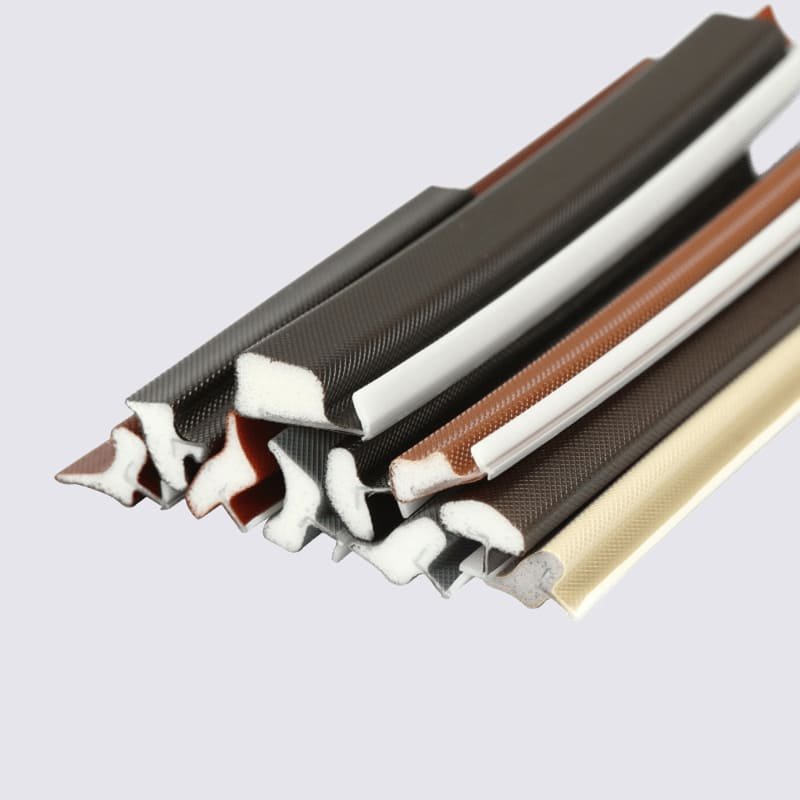If you own a turbocharged or supercharged car, upgrading your charge air cooler (CAC) hoses to silicone should be a top priority mod. The factory charge cooler hoses are often overlooked, but their performance has a huge impact on power delivery and engine health. Read on to learn why upgrading your CAC hoses is so important.
What Are Charge Air Cooler Hoses?
Manguera del enfriador de aire de carga carries pressurized air between the turbo/supercharger outlet and the engine intake. They pass through an air-to-air intercooler or charge air cooler which reduces the intake air temperature before entering the cylinders.
The most common hoses in CAC systems are:
- Turbo outlet to CAC
- CAC outlet to throttle body
- CAC to blow-off valve
- Any other associated inlet/outlet hoses
These hoses experience extreme pressures and temperatures which can quickly degrade weaker silicone or rubber hoses.
Benefits Of Upgraded CAC Hoses
Replacing your charge cooler hoses with high quality silicone versions provides many advantages:
- Handles boost pressures without collapsing or ballooning. This maintains intended air flow.
- Withstands continuous temperatures up to 260°C without cracking or leaking.
- Provides cooler, denser intake air thanks to minimal heat transfer. This improves power.
- Resists deterioration from oil and coolant contamination.
- Does not kink or bend under tight radiator fitment or engine movement.
- Vibrant colors like red, azul, or neon green for engine bay styling.
Proper silicone charge pipes maximize intercooler efficiency. The result is cooler air induction allowing for safer tuning with greater power gains.
Why OEM Hoses Fail
The OEM cooler hoses found on most turbo cars have major weaknesses:
- Weak rubber material breaks down from heat cycling and oil contamination. This causes cracks and holes.
- Reinforcement woven through the hoses can also deteriorate and bubble.
- Clamps are often undersized and loosen over time.
- Extreme pressure pulses stress the pipes over thousands of cycles.
- Restricted diameter and sharp bends create turbulence and limit flow.
- Once OEM charge hoses start to fail, you may notice:
- Reduced boost pressure and throttle response.
- Check engine lights for intake air temperature sensor issues.
- Oil leaks as contaminated air bypasses the intercooler.
- Coolant leaks as the mounting points shift under pressure.
Even before visible failures, heat transfer through inferior hoses causes power loss compared to silicone alternatives.
Choosing The Right Silicone Hoses
Here are some tips for selecting the best CAC hoses:
- Ensure 100% pure silicone construction – no rubber sections.
- Look for multi-ply reinforcement to withstand high pressures.
- Select vibrant colors for looks and to identify leaks early.
- Confirm large diameters without kinks or tight bends.
- Include all associated ports for blow-off valves, sensors, etc..
- Get a tuned mounting kit to securely interface with the intercooler.
- Size clamps appropriately and replace as needed.
With quality silicone CAC hoses properly installed, you can realize your car’s full performance potential while avoiding embarrassing failures. Don’t overlook such a critical component!




